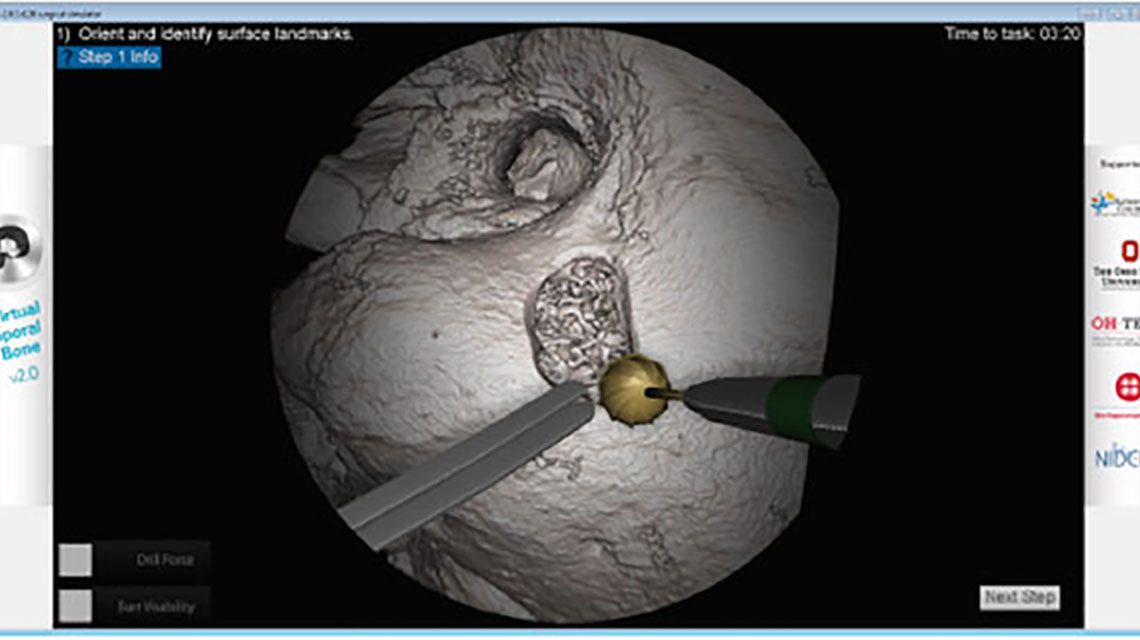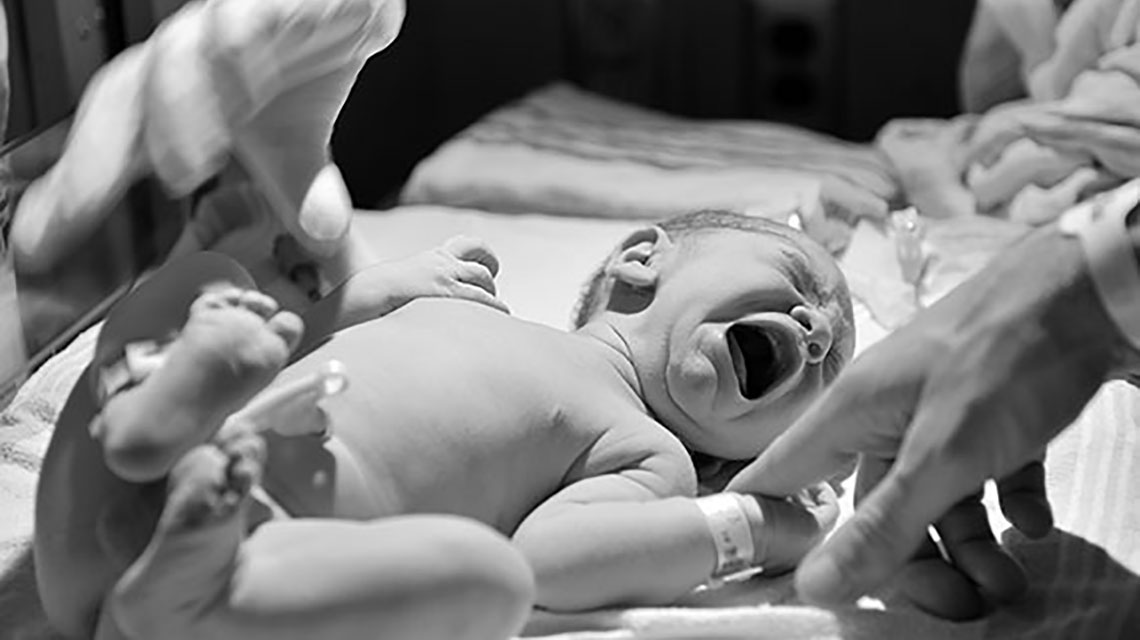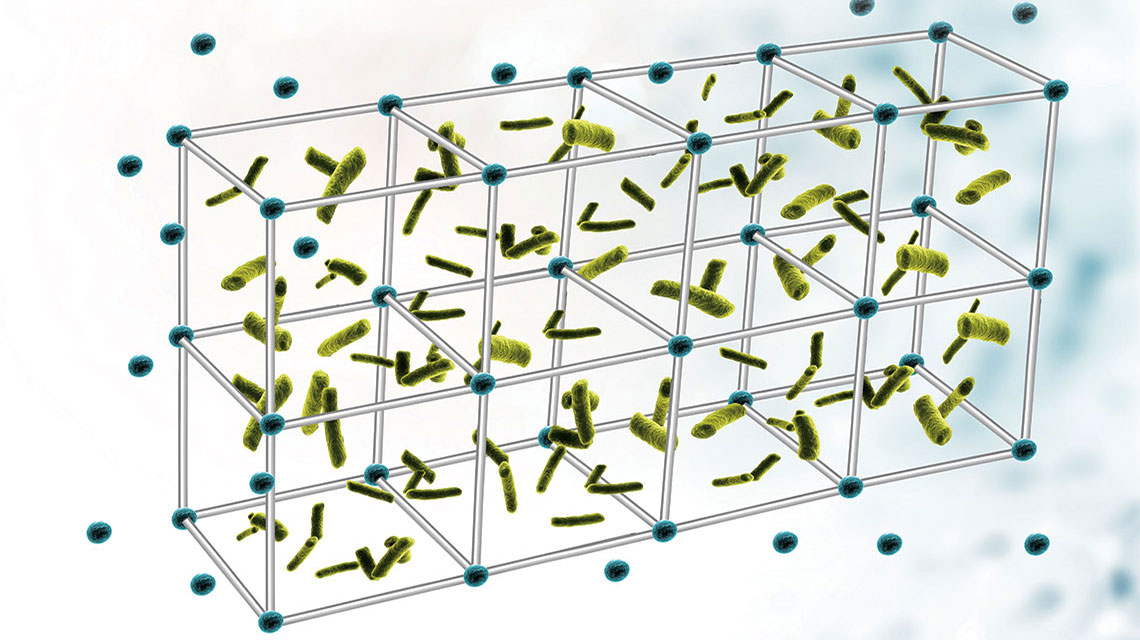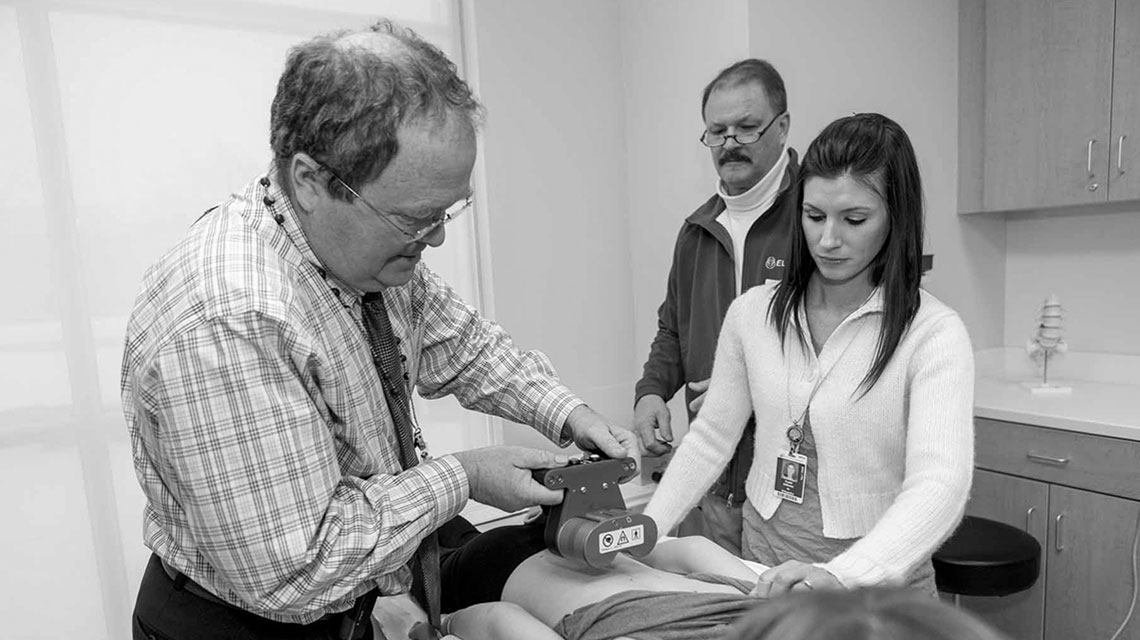Using Social Media to Advance Care
Using Social Media to Advance Care https://pediatricsnationwide.org/wp-content/themes/corpus/images/empty/thumbnail.jpg 150 150 Nationwide Children's https://secure.gravatar.com/avatar/8087ae3f73e51e24df5819a3363b55e0?s=96&d=mm&r=gAs the use of social media has grown, so has the medical community’s understanding of how it can be harnessed for health care. From collaborating with peers and educating the public to building your career, physicians have a growing responsibility and growing presence in the social media arena. David R. Stukus, MD Section of Allergy…









